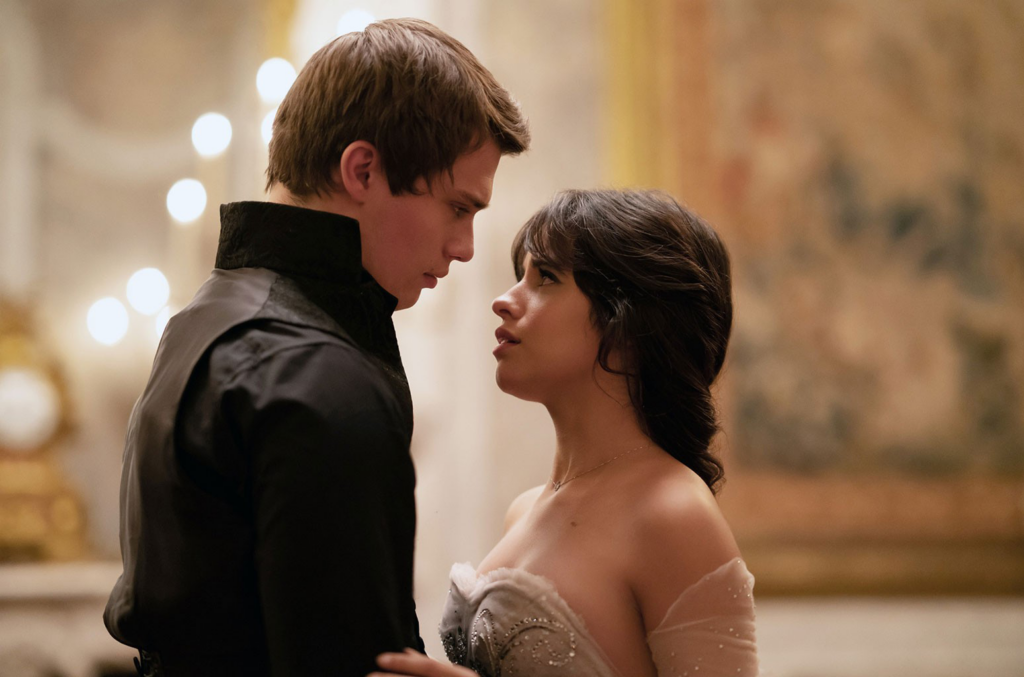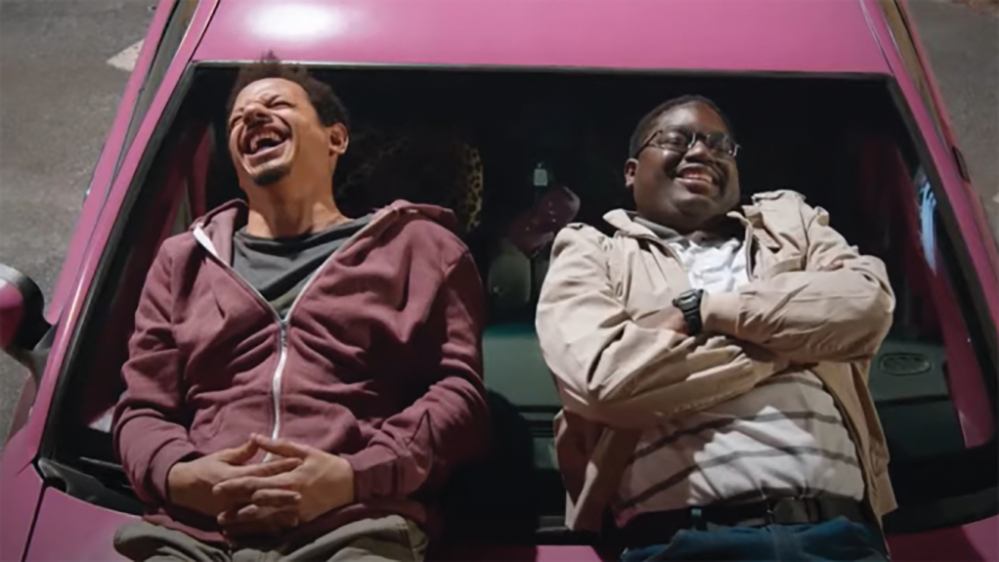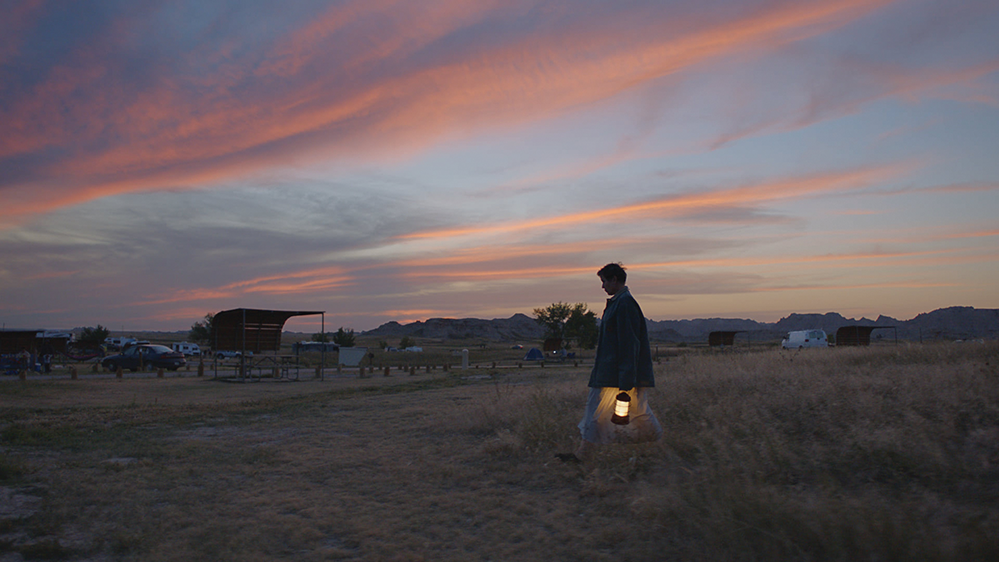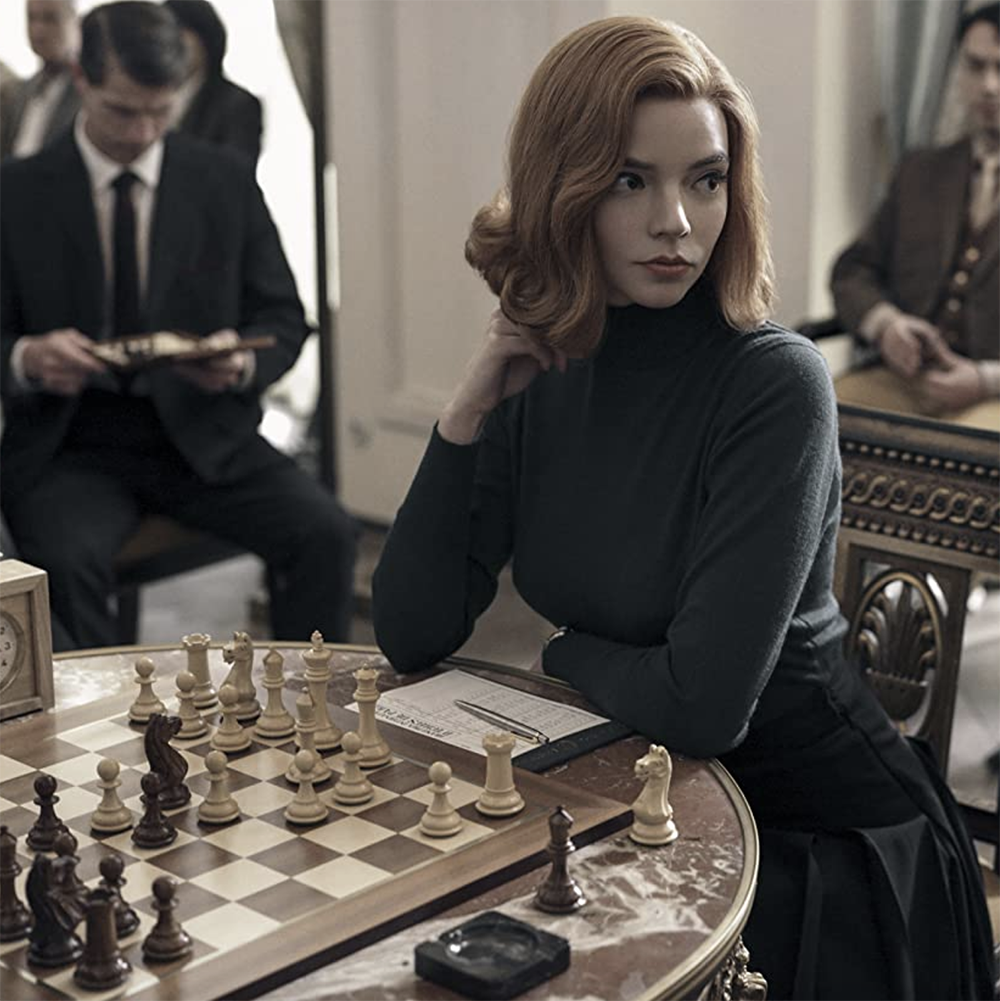★★★★☆
“Downton Abbey,” the first full-length film featuring the iconic Crawley family of the beloved PBS television series, fares better when considered an extended epilogue to the cult-favorite show than a stand-alone film. While newcomers to the world of the Crawleys will likely find the movie enjoyable, if not a bit chaotic, those viewers who have seen the previous ups and downs of the characters on the show will truly appreciate the many conflicts and arc resolutions the film offers.
The film begins with the news that the royal couple, King George V (Simon Jones) and Queen Mary (Geraldine James), will be coming to visit Downton Abbey for a day. Straight from the opening scenes, fans witness a return to the grandeur of the abbey and get reintroduced to many treasured characters. The film goes on to explore the experiences of dozens of different characters, both old and new, as they balance their personal desires with the demands of their societal roles in the ever-changing hierarchy of 1930s England.
However, these detailed explorations into specific characters and their conflicts prevent the film from developing one central plot line. Each character participates in their own distinct story arcs, creating a multitude of buildups and resolutions that might be enticing if drawn out over multiple episodes, but fails to create a cohesive narrative that does not require an in-depth knowledge of the source material that a film special needs.
The movie revisits the lives of many characters last seen in the finale of the show. Those people who left the household in television series, such as Charles Carson (Jim Carter) and Joseph Molesley (Kevin Doyle), find their way back to the house one last time to participate in the royal visit. Those members of the Crawley family and their servants who still remain at the abbey see their stories extended in the film in satisfying and heart-touching ways.
Fans of the show will be delighted to see that many of the arcs seen in the series continue throughout the movie. Violet Crawley, The Dowager Countess of Grantham (Maggie Smith), does not fail to deliver her witty remarks, particularly in regard to a renewed struggle with a long-lost relative and an issue of rightful inheritance, touching upon old plotlines and bringing life to new ones.
Molesley serves yet again as an eager but clumsy character, offering comic relief that is both hilarious and embarrassing to watch. The relationships between family members viewers came to love in the television series are just as powerful in the movie, with the whole Crawley family uniting both metaphorically and physically to make the visit of the king and queen a success.
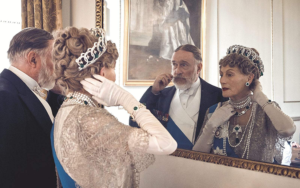
The royal visit also gives opportunities for the characters to shine in ways they did not have the chance to on the series and provides the impetus for making the film in the first place. Daisy Mason (Sophie McShera), the under-cook, reveals herself to be a staunch republican, vocally protesting the relevance of the royal family throughout their visit. Anna Bates (Joanne Froggatt), the ladies’ maid to Lady Mary Crawley (Michelle Dockery), finds herself leading the power struggle between the Downton servants and the royal attendants for control over the house.
These returning characters retain their distinct personalities while adapting to the world around them, standing up for those they see as a part of their rank and standing against those who represent the conservative and stifling forces of the time.
The dynamic time period and newly introduced characters allow for a refreshing update to the established characters and storylines from the television series. Similarly, the film continues to juxtapose the traditionalism of the aristocracy with the rapidly changing ideas of what family and identity mean to this cast of characters.
Thomas Barrow (Robert James-Collier) is given the opportunity to further understand his sexual orientation in the 1930s through his discovery of an underground gay bar. The movie offers Barrow a story that differs from the series of failed romantic attempts and isolation he experiences throughout the television show, one of the many loose ends from the series given a proper resolution in the film.
Lady Edith Crawley (Laura Carmichael) and her husband, Bertie Pelham (Harry Hadden-Patton), the seventh Marquess of Hexham, struggle to reconcile their desire to grow their family with the duties that the king imposes on the marquess. The difficulties that Barrow and Lady Edith’s family face allude to a changing world, one that is leaving conservatism and aristocracy behind and embracing a new vision of self-determination.
Fans of the franchise need not despair: “Downton Abbey” lovingly recaptures the Crowley family’s misadventures, heartbreaks and pivotal moments while also giving almost every character from the series a meaningful ending. While newcomers to the series may feel overwhelmed, the film offers an engrossing story that will surely enthrall any potential fans.








